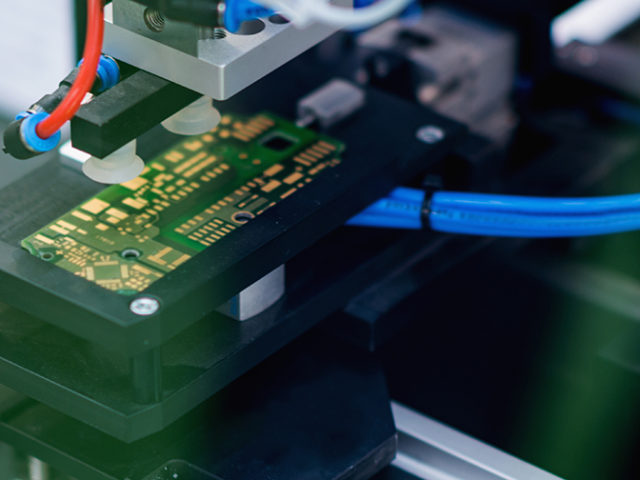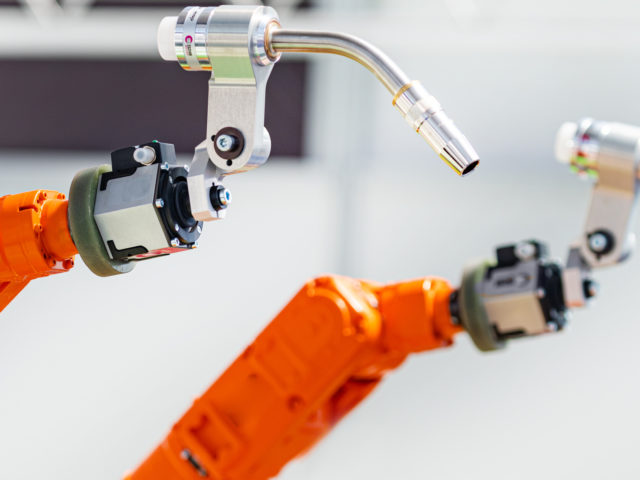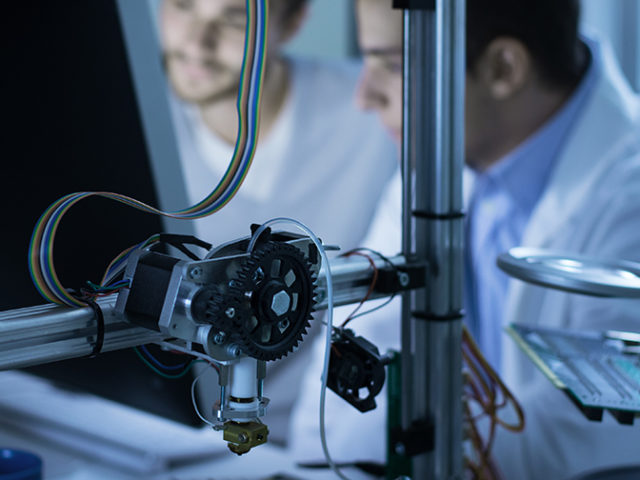Researchers at ETH Zurich have succeeded in turning specially prepared graphene flakes either into insulators or into superconductors by applying an electric voltage. This…
Category: News
Quantum particles are to make measurements more precise
Quantum systems consisting of several particles can be used to measure magnetic or electric fields more precisely. A young physicist at the University of…
The Center for Data Analytics helps researchers to make the most of their work
The Center for Data Analytics at the University of Basel helps researchers make the most of their data using cutting-edge techniques such as deep…
Nano flashlight opens new applications for optical devices
In work that could someday turn cell phones into sensors capable of detecting viruses and other minuscule objects, MIT researchers have built a powerful…
Painless multithreading talk at the Embedded Online Conference
Percepio CEO Dr. Johan Kraft will present a selection of best practices in multithreaded embedded software design at the upcoming Embedded Online Conference, 17–20…
TUM is now competence centre for digital transformation
The Technical University of Munich (TUM), the German car manufacturer Audi, the Fraunhofer Institute for Industrial Engineering (IAO) and additional partners are launching a…
Humanity is about to get a new more efficient next-gen LEDs
Researchers from the Low Energy Electronic Systems (LEES) interdisciplinary research group at Singapore-MIT Alliance for Research and Technology (SMART), MIT’s research enterprise in Singapore,…
On-chip device to detect electric field waveforms with astonishing resolution
Understanding how light waves oscillate in time as they interact with materials is essential to understanding light-driven energy transfer in materials, such as solar…
Innovative new data storage medium is proposed
Physicists from Switzerland, Germany and Ukraine have proposed an innovative new data storage medium. The technique is based on specific properties of antiferromagnetic materials…
norelem launches search for engineers of tomorrow with Engineering Newcomer
Now in its eighth year, the Engineering Newcomer competition offers budding engineers the opportunity to win a prestigious award, showcase their designs, and take…










